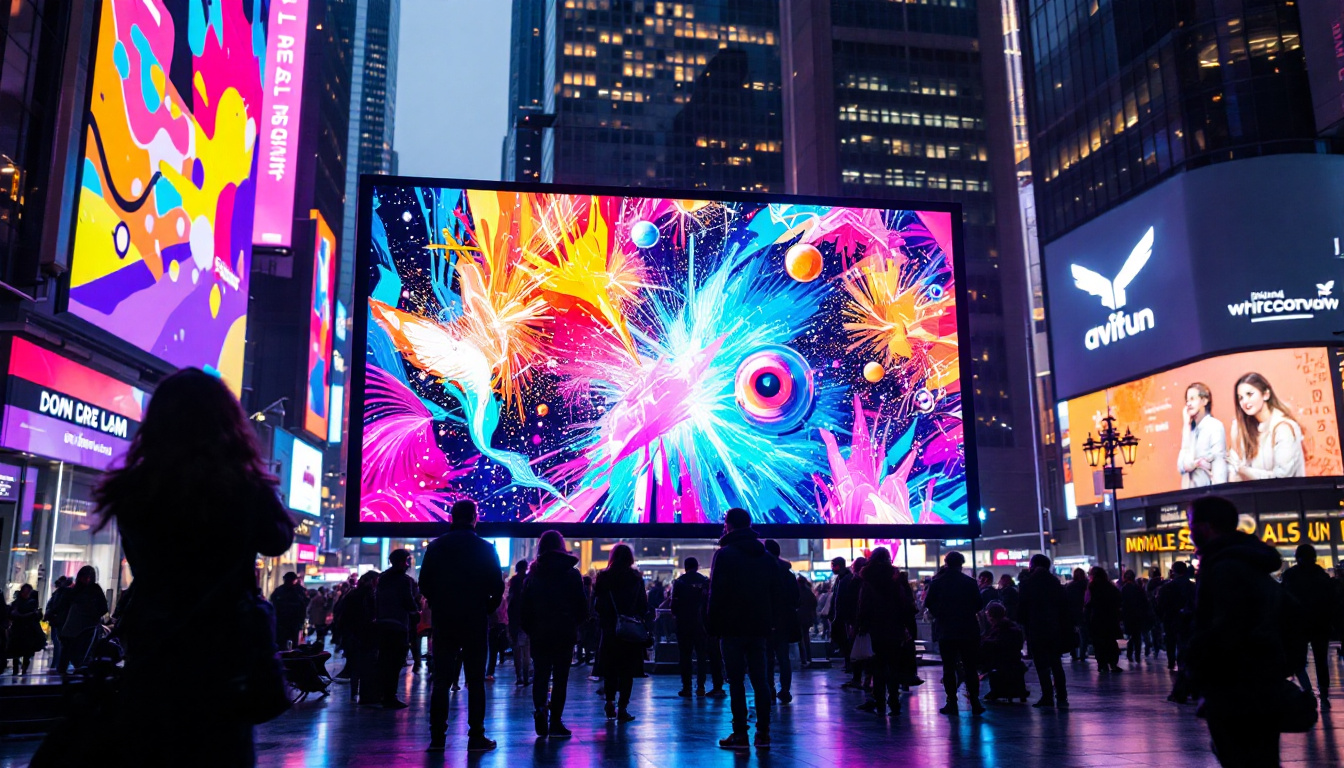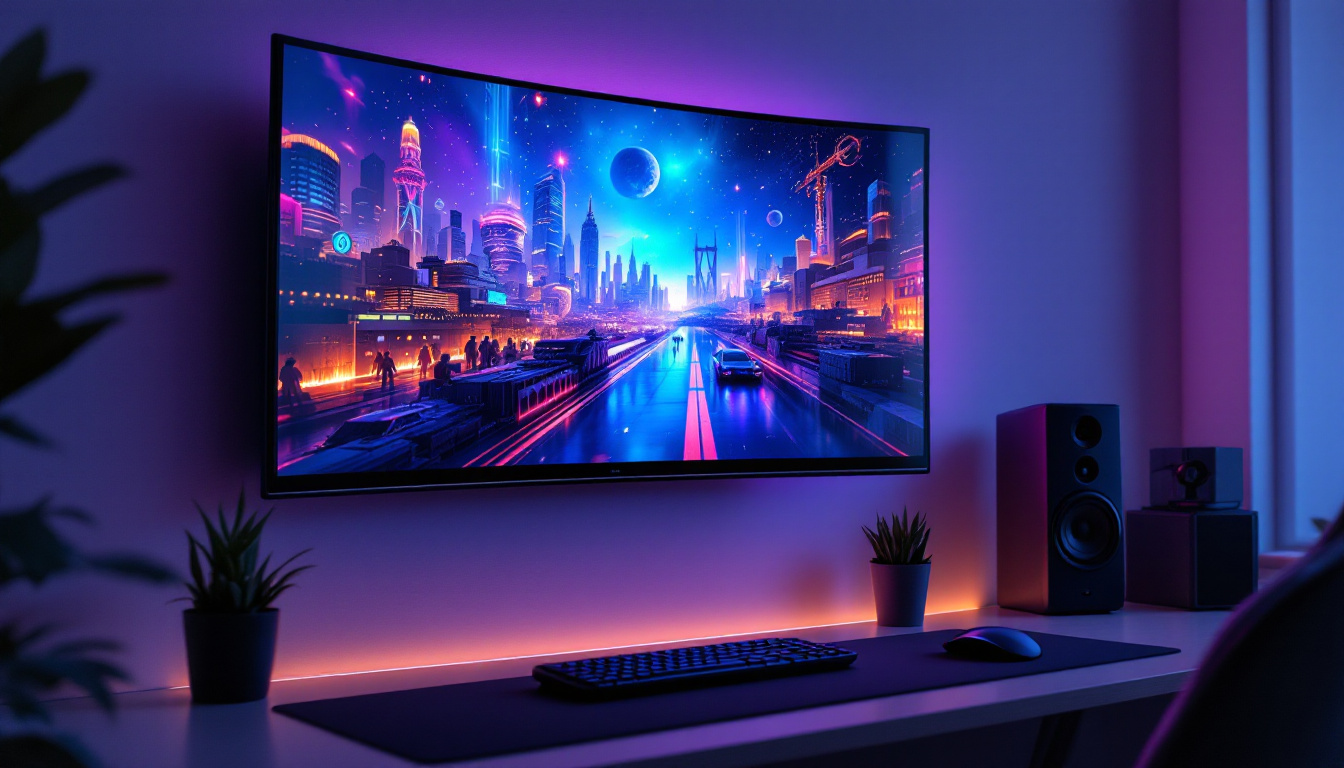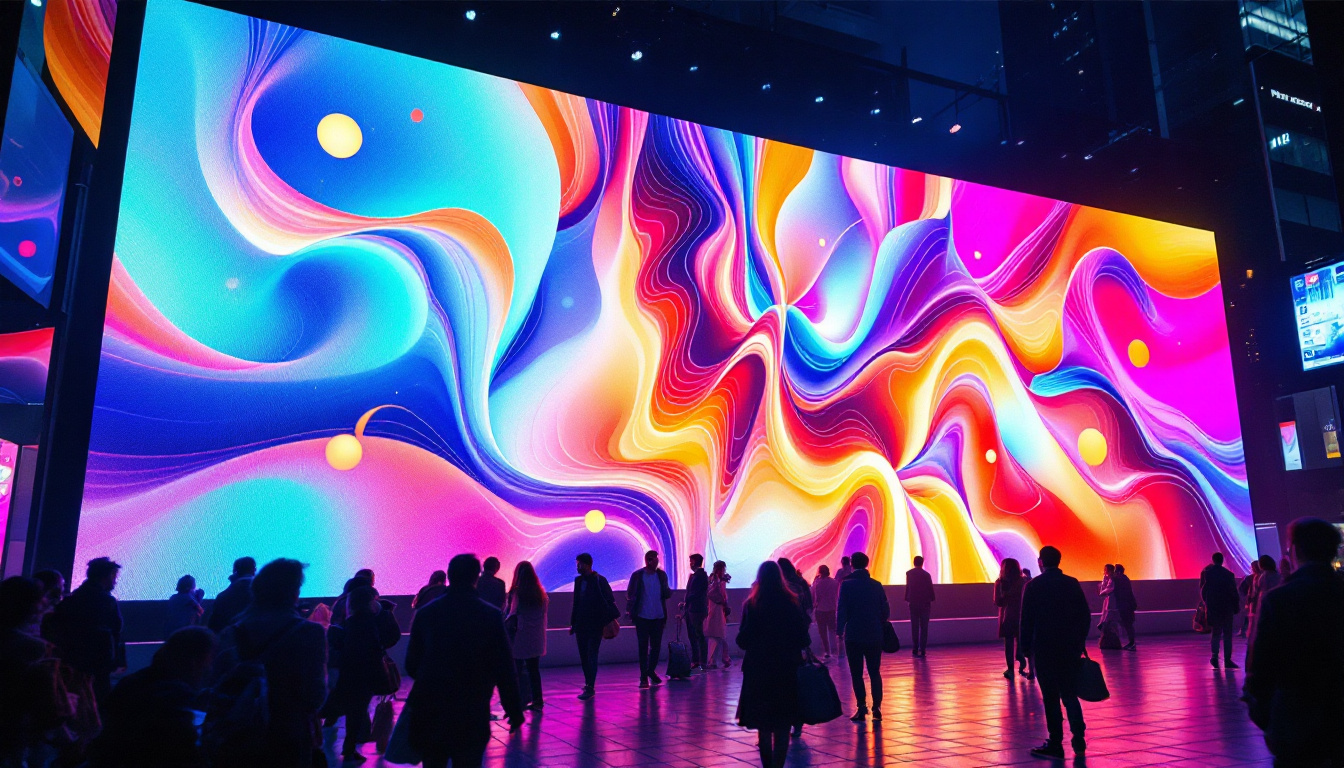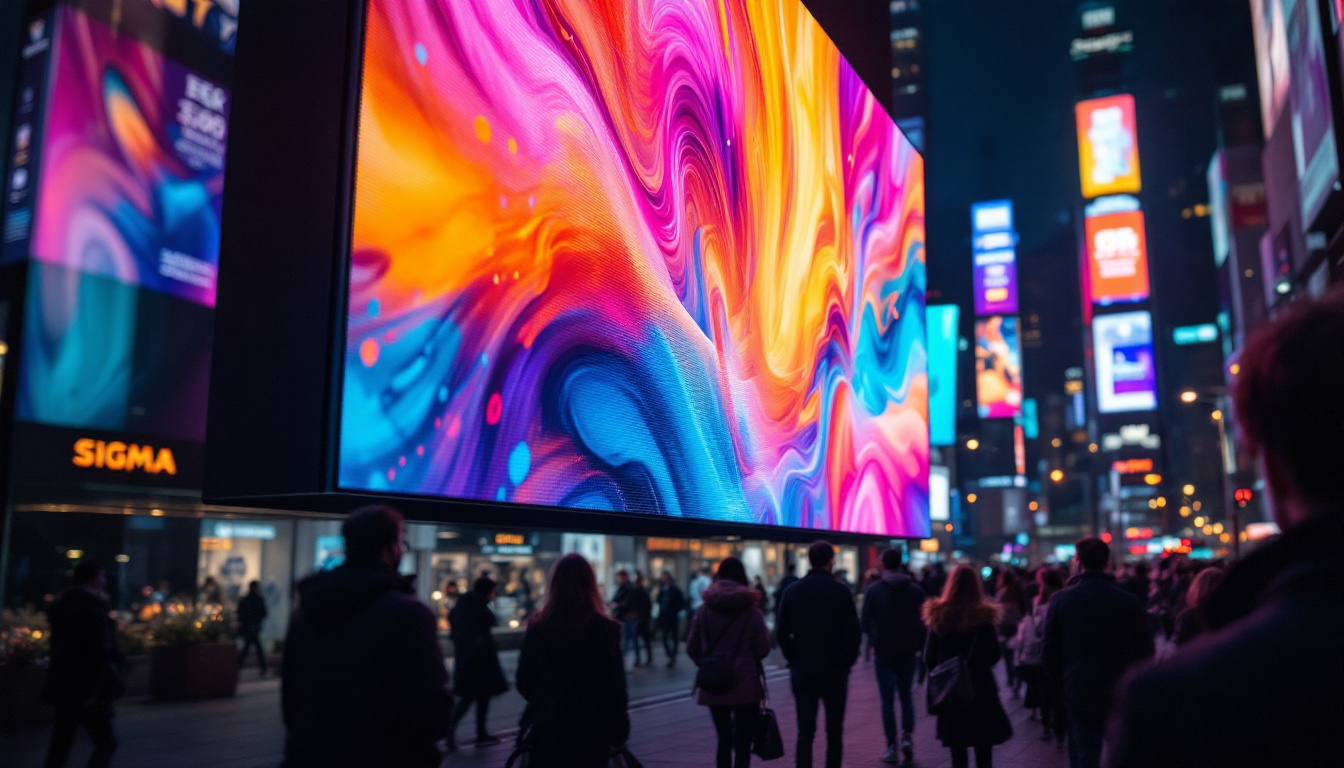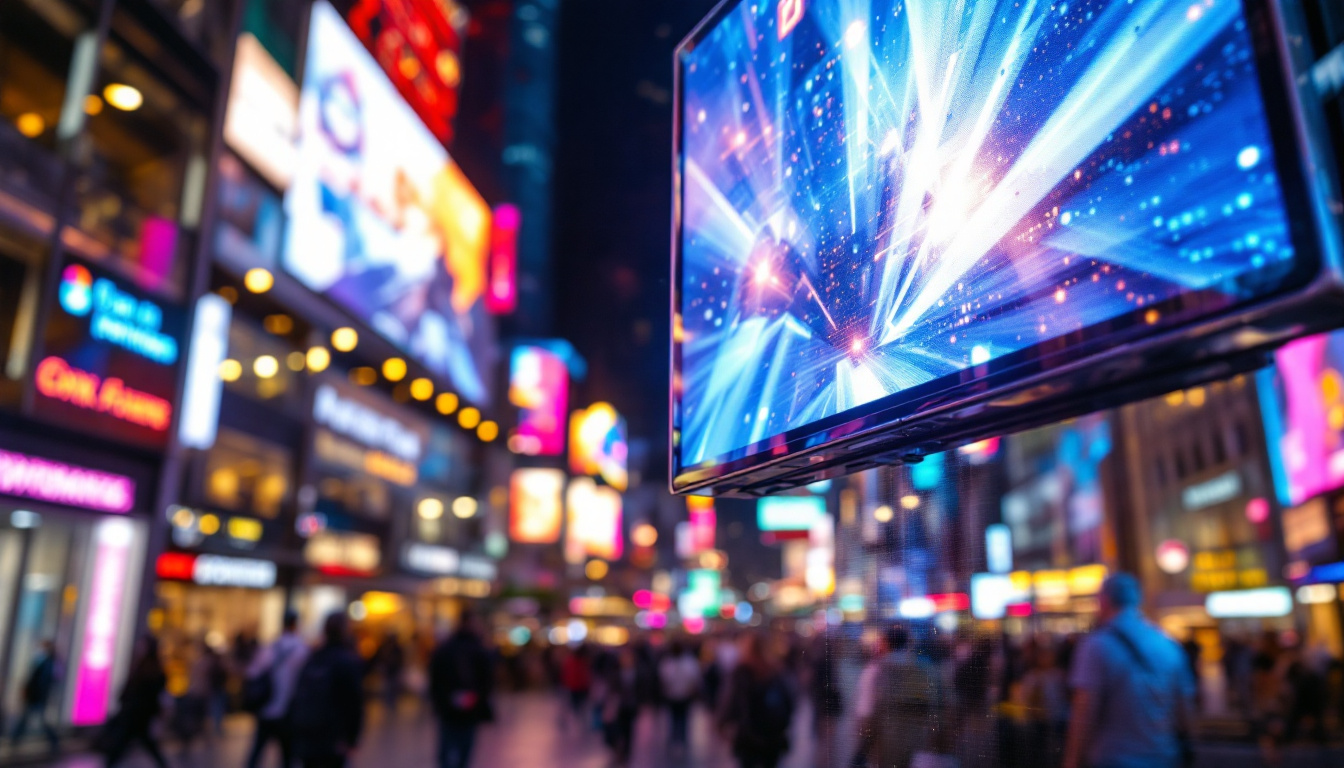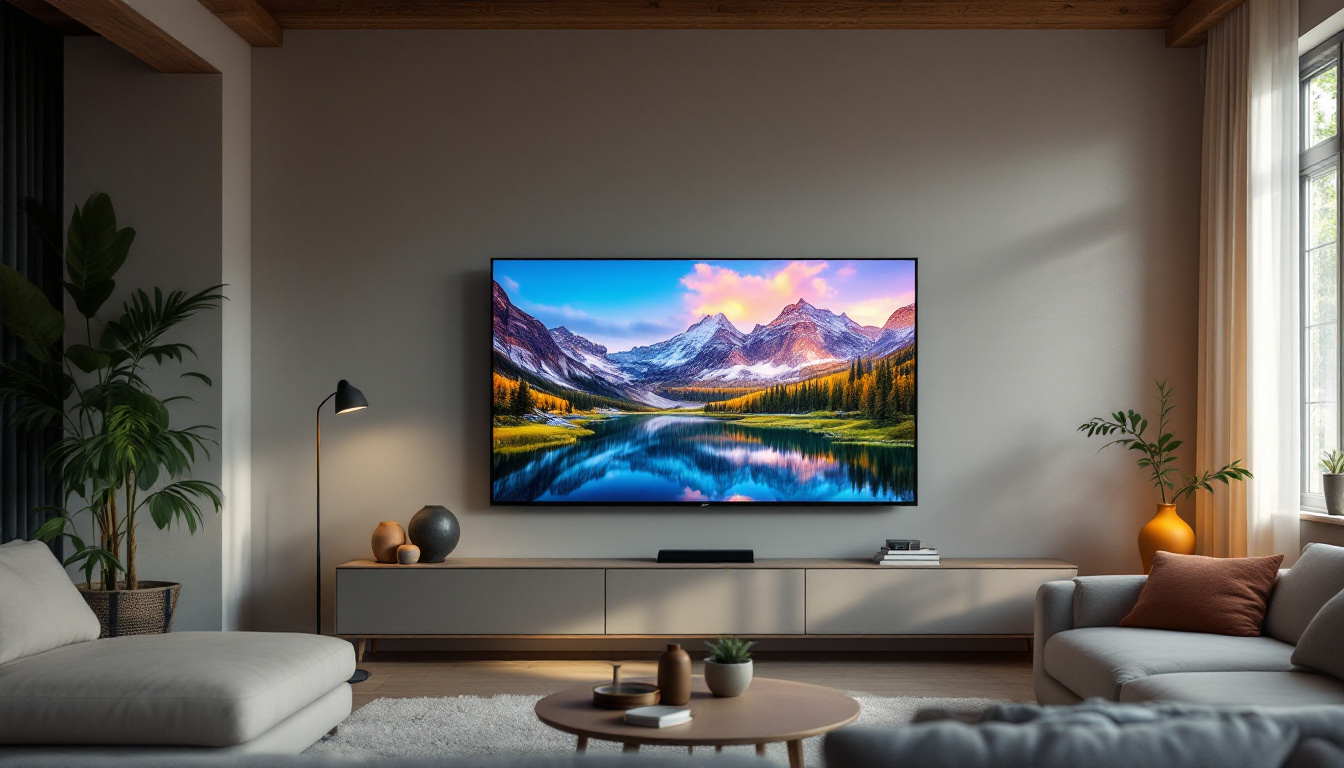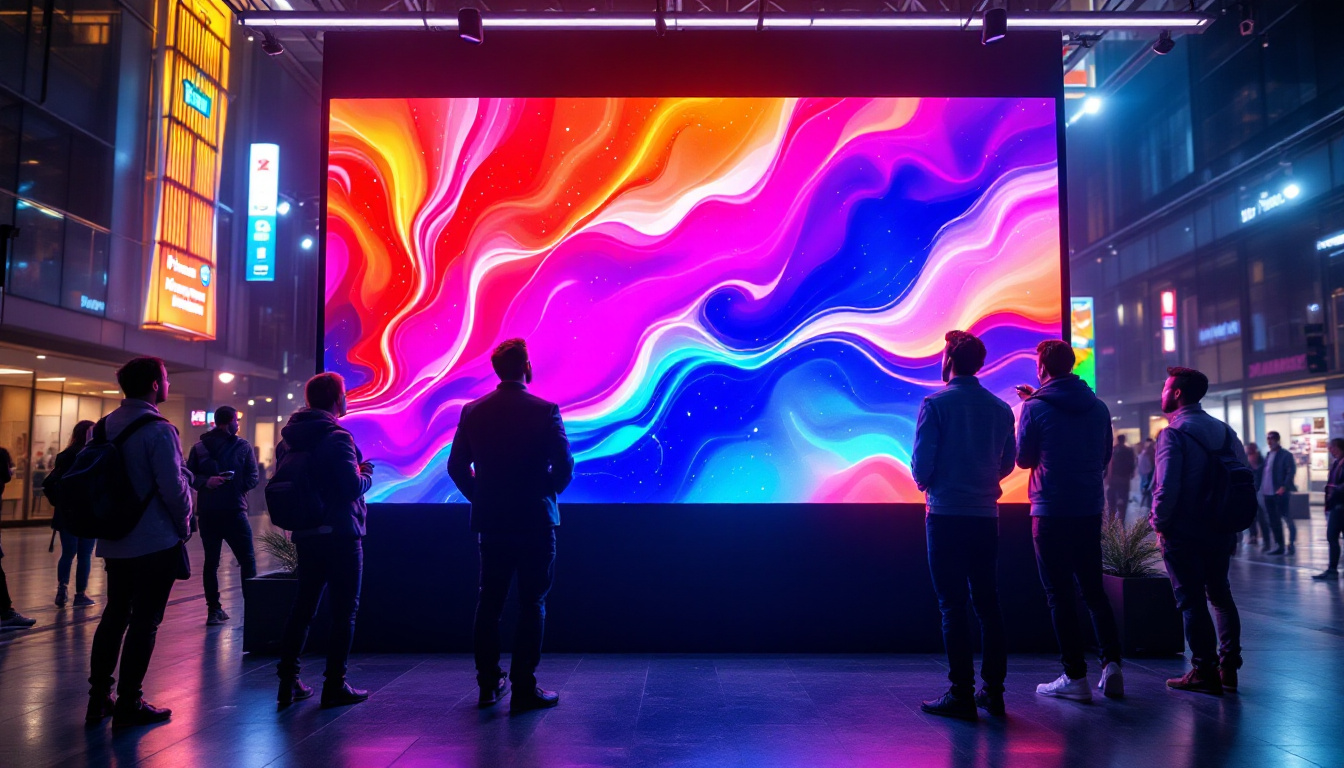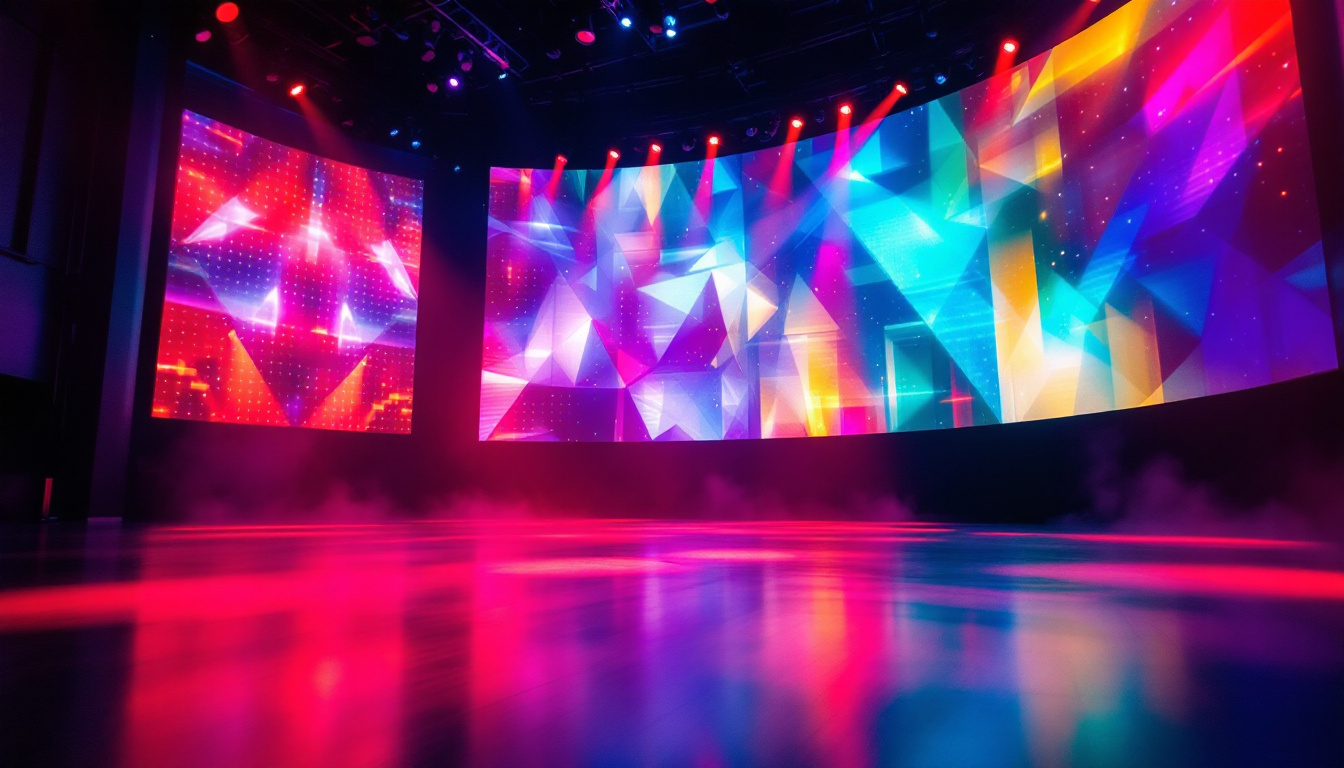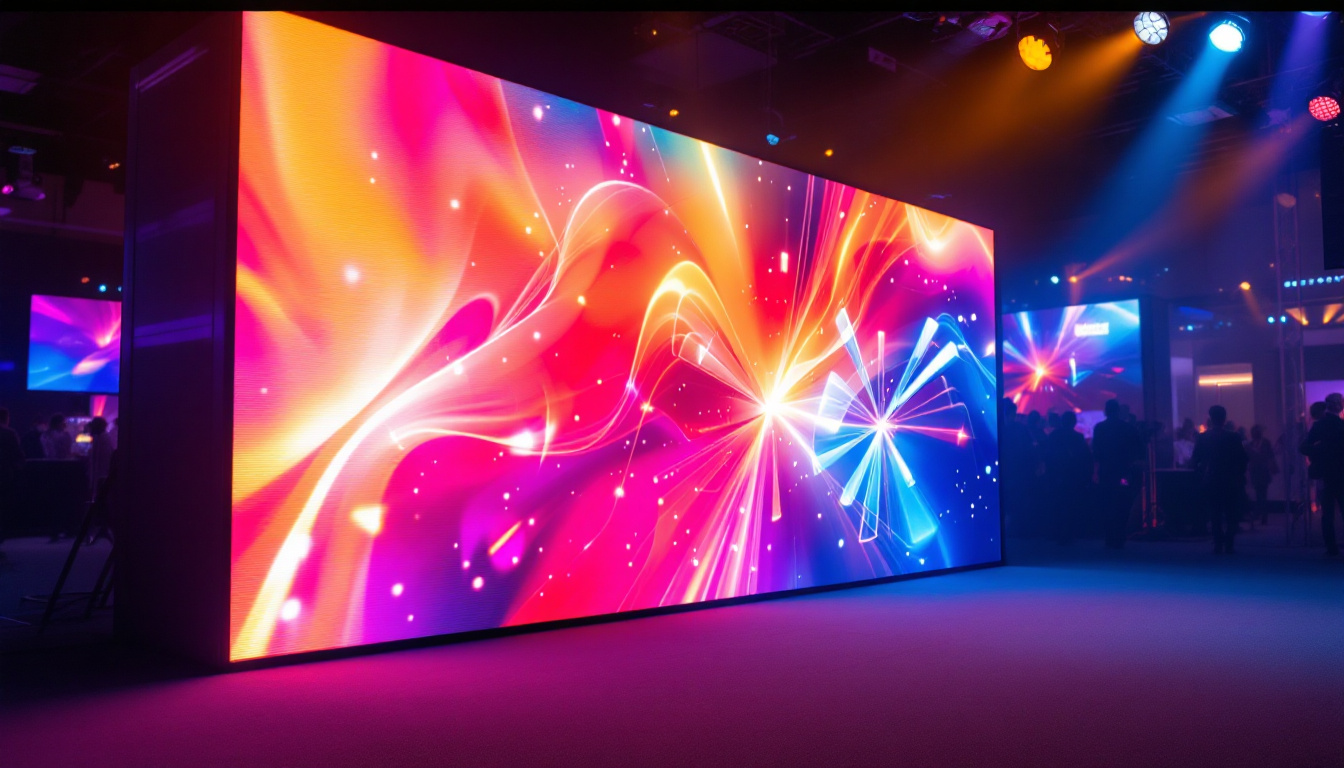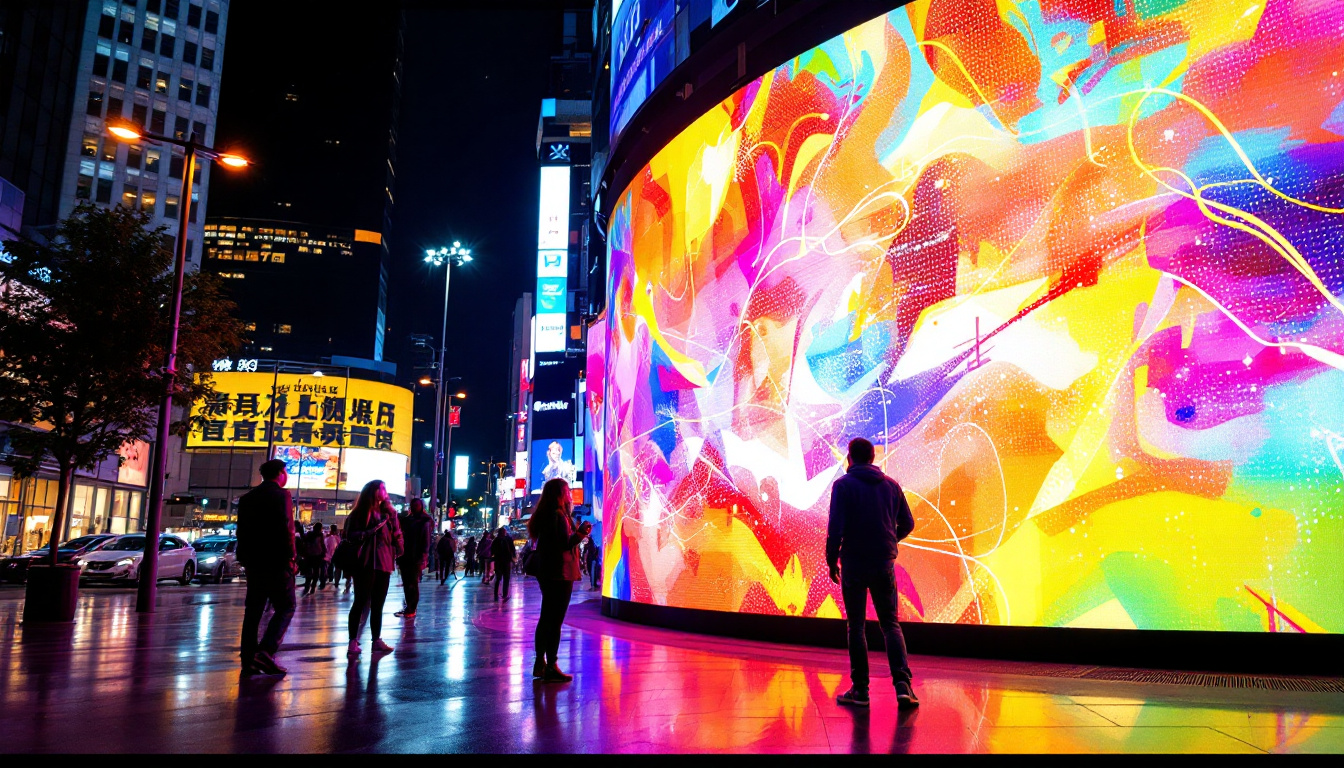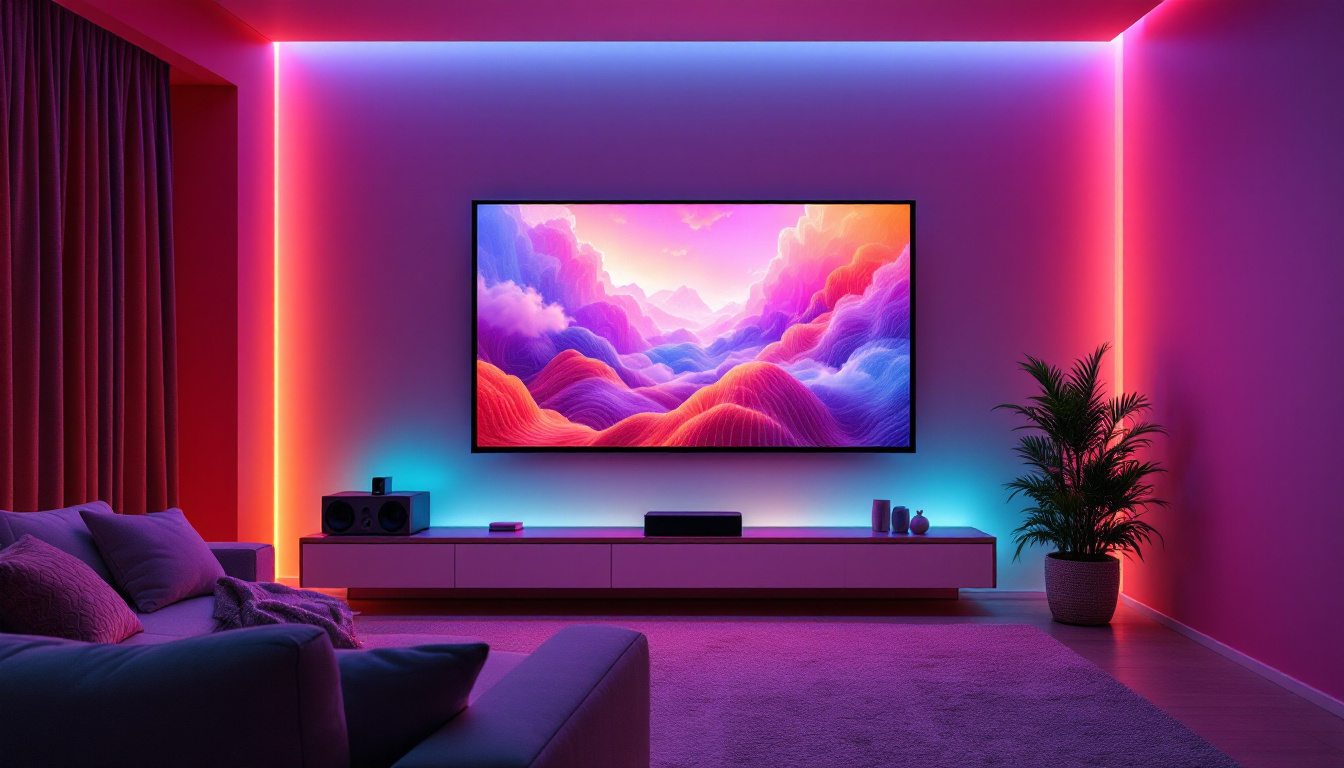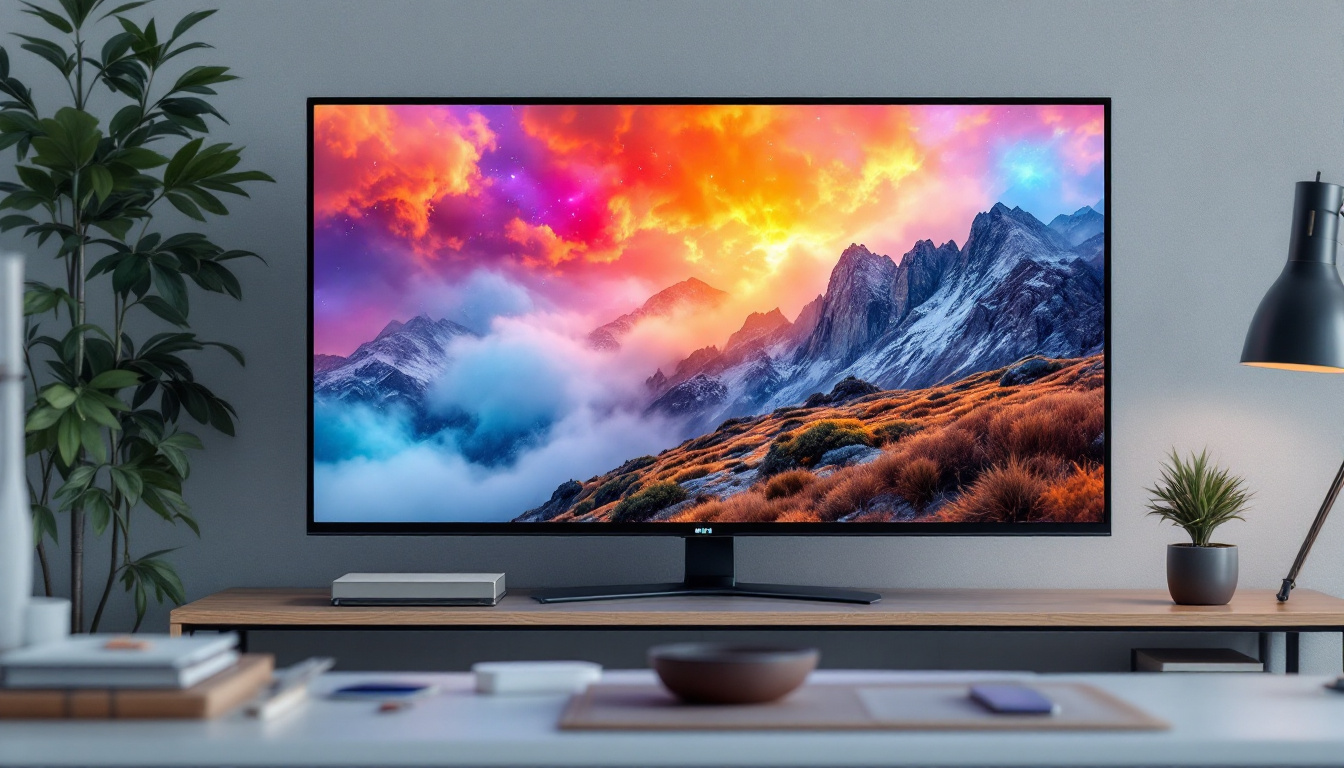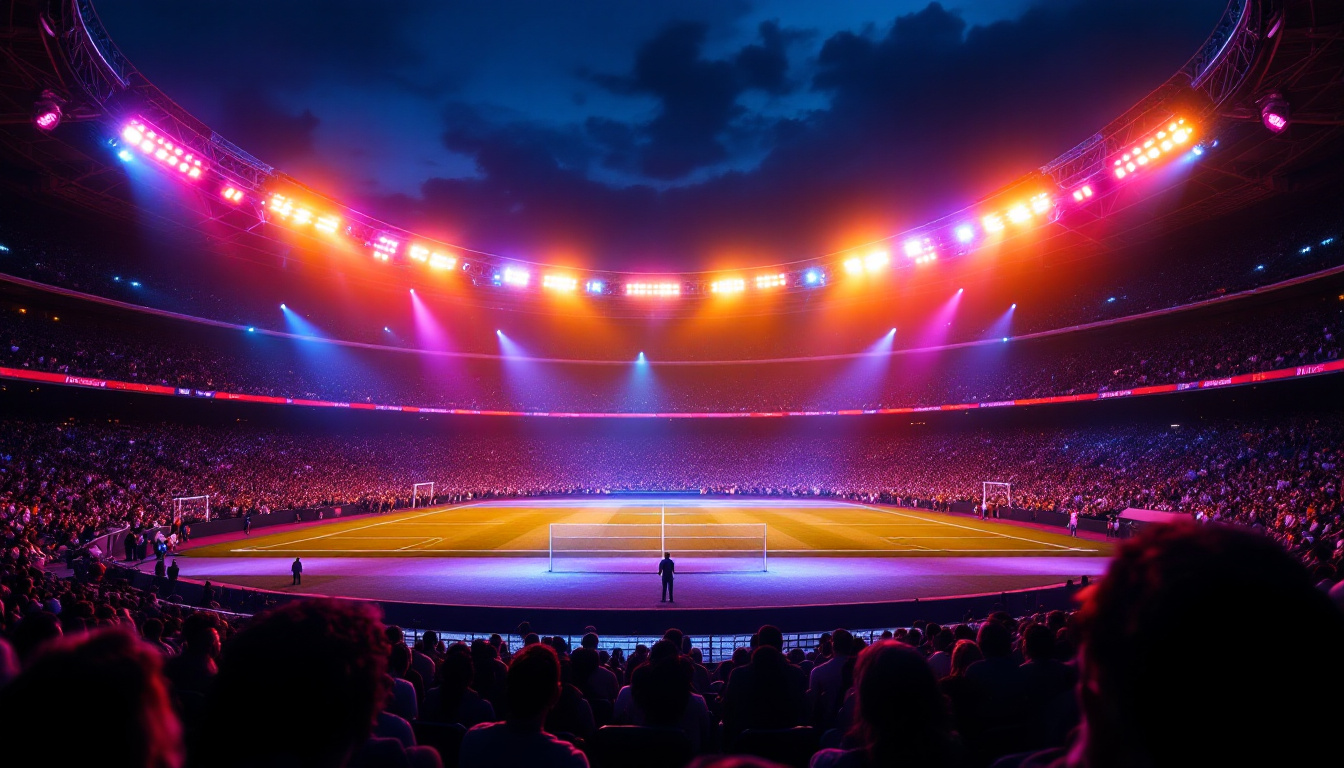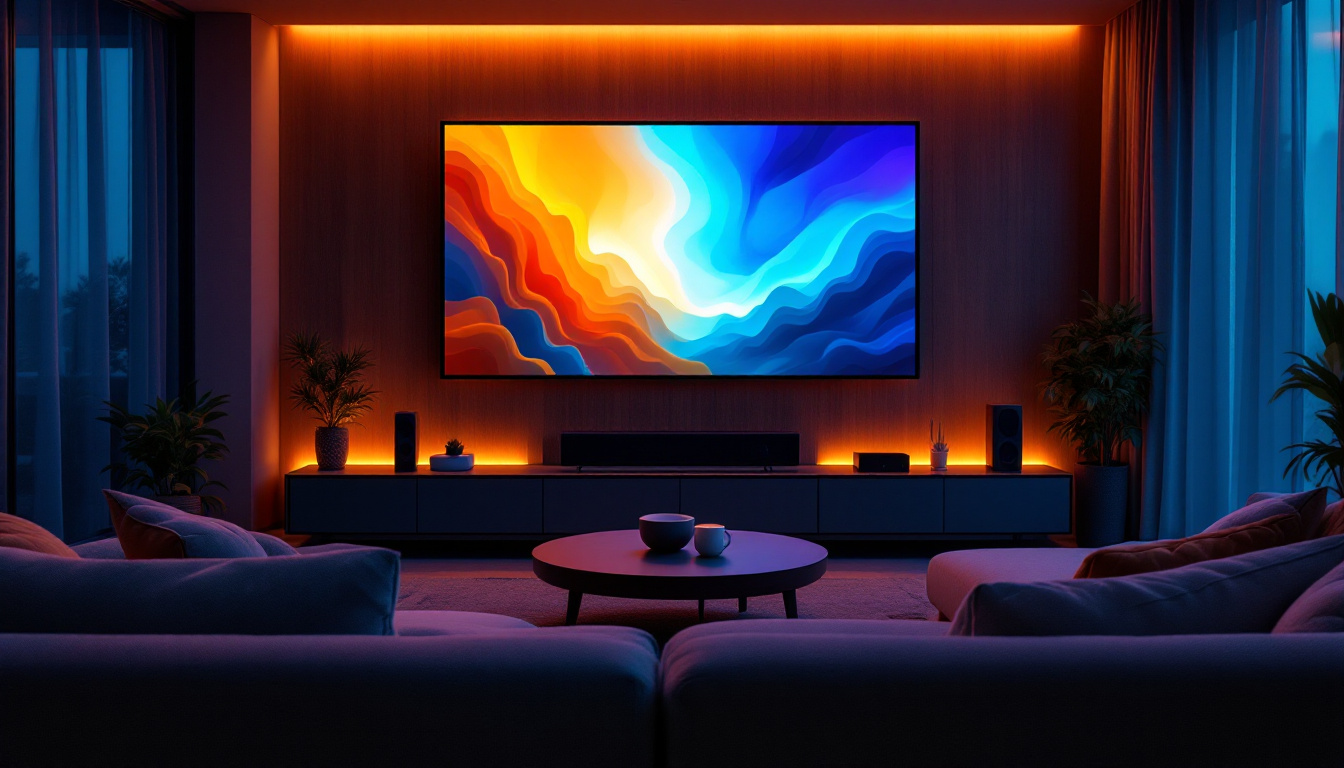In the modern world, visual communication has become increasingly important. With the rise of digital technology, LED displays have emerged as a powerful tool for conveying information and engaging audiences. Among the various types of LED displays, the plainer stands out as a versatile option for a range of applications. This article delves into what a plainer is, its features, benefits, and applications, providing a comprehensive understanding of this innovative technology.
Understanding LED Displays
LED displays are electronic screens that utilize light-emitting diodes (LEDs) to produce images and videos. They have gained popularity due to their brightness, energy efficiency, and ability to display vibrant colors. LED technology has transformed the way information is presented, making it more dynamic and visually appealing. From advertising to entertainment, LED displays have become an integral part of modern communication, capturing attention in ways that traditional displays cannot.
How LED Displays Work
At the core of LED displays are the light-emitting diodes, which are semiconductor devices that emit light when an electric current passes through them. These diodes are arranged in a grid format, forming pixels that combine to create images. The more pixels an LED display has, the higher its resolution, allowing for clearer and more detailed visuals. This pixel arrangement is critical for achieving high-definition displays, where the density of pixels can significantly enhance the viewing experience, making images appear sharper and more lifelike.
LED displays can be categorized into various types, including direct view, backlit, and organic LED (OLED) displays. Each type has its unique characteristics and applications, but they all share the fundamental principle of using LEDs to produce light and images. For instance, direct view LED displays are often used in large-scale outdoor advertising, while OLED displays offer superior contrast and color accuracy, making them ideal for high-end televisions and mobile devices. The versatility of these displays allows them to be utilized in diverse environments, from concert stages to corporate boardrooms.
The Evolution of LED Technology
The journey of LED technology began in the early 1960s with the invention of the first visible-spectrum LED. Over the decades, advancements in materials and manufacturing processes have led to the development of brighter, more efficient, and longer-lasting LEDs. Today, LED displays are ubiquitous, found in everything from smartphones to large outdoor billboards. This widespread adoption can be attributed to the rapid decrease in production costs and the increasing demand for high-quality visual content in various sectors, including retail, education, and entertainment.
As technology continues to evolve, the capabilities of LED displays expand, allowing for innovative applications that were once unimaginable. This evolution has paved the way for the emergence of specialized LED displays, such as the plainer. These displays are designed for specific functions, such as digital signage in retail spaces, where they can be programmed to change content dynamically based on customer interactions or time of day. Furthermore, advancements in flexible LED technology are enabling creative designs, allowing displays to be curved or shaped to fit unconventional spaces, thus opening new avenues for artistic expression and advertising strategies. The future of LED technology promises even more exciting developments, including integration with augmented reality and interactive features that enhance user engagement.
What is a Plainer?
A plainer is a specific type of LED display designed to present information in a straightforward and uncluttered manner. Unlike traditional LED screens that may be used for entertainment or advertising, plainers focus on delivering essential data, making them ideal for environments where clarity and simplicity are paramount. This makes them particularly useful in settings such as transportation hubs, educational institutions, and public information systems, where quick comprehension is critical for effective communication.
Key Features of Plainers
Plainers are characterized by several key features that distinguish them from other types of LED displays. These features include:
- Simplicity: Plainers are designed to present information in a clear and concise manner, often using large, easy-to-read fonts and minimal graphics. This design philosophy helps to reduce cognitive load on viewers, allowing them to absorb information quickly and efficiently.
- high visibility: Equipped with bright LEDs, plainers are highly visible even in bright environments, making them suitable for outdoor use. Their luminosity ensures that important messages can be seen from a distance, which is particularly valuable in emergency situations or when conveying time-sensitive information.
- Durability: Built to withstand harsh weather conditions, many plainers are weatherproof and resistant to dust and moisture. This durability extends their lifespan and reduces maintenance costs, making them a cost-effective solution for long-term use.
Common Specifications
When considering a plainer, several specifications are crucial to understand. These include pixel pitch, brightness, and viewing angle. Pixel pitch refers to the distance between the centers of two adjacent pixels; a smaller pixel pitch typically results in higher resolution. Brightness is measured in nits, with higher values indicating better visibility in various lighting conditions. The viewing angle determines how far off-axis a viewer can be while still seeing the display clearly. These specifications play a significant role in determining the effectiveness of a plainer in different environments, whether indoors or outdoors.
Additionally, many plainers come equipped with customizable features, allowing users to tailor the information displayed according to specific needs. For instance, some models support real-time data feeds, enabling the display of live updates such as train schedules or weather alerts. This adaptability not only enhances the functionality of plainers but also ensures that they remain relevant in a rapidly changing information landscape. Furthermore, the integration of smart technology allows for remote management and monitoring, providing operators with the ability to update content instantly and efficiently, ensuring that the information remains current and accurate.
Benefits of Using Plainers
Plainers offer a range of benefits that make them an attractive option for various applications. Their straightforward design and functionality cater to specific needs, ensuring effective communication of information.
Enhanced Communication
One of the primary advantages of using a plainer is its ability to enhance communication. In settings such as transportation hubs, schools, and corporate environments, plainers can display vital information such as schedules, announcements, and alerts in real time. This immediacy helps keep audiences informed and engaged.
Moreover, the clarity of the display ensures that messages are easily understood, reducing the likelihood of miscommunication. This is especially important in emergency situations where quick and accurate information dissemination is critical.
Cost-Effectiveness
Investing in a plainer can be cost-effective in the long run. While the initial purchase price may be higher than traditional signage options, the durability and low maintenance costs of LED technology often result in significant savings over time. Additionally, the energy efficiency of LED displays means lower electricity bills, further enhancing their cost-effectiveness.
Organizations can also benefit from the flexibility of plainers, as they can easily update content without the need for physical changes to signage, reducing ongoing costs associated with printing and installation.
Applications of Plainers
The versatility of plainers allows them to be used in a wide range of applications across various industries. Their ability to convey information clearly and effectively makes them suitable for both indoor and outdoor environments.
Transportation Hubs
In transportation hubs such as airports, train stations, and bus terminals, plainers play a crucial role in displaying arrival and departure information, gate changes, and other essential updates. Their high visibility ensures that travelers can easily access important information, contributing to a smoother travel experience.
Moreover, the real-time updating capability of plainers allows transportation authorities to communicate changes immediately, enhancing operational efficiency and passenger satisfaction.
Educational Institutions
Schools and universities also benefit from the use of plainers. These displays can be used to share announcements, event schedules, and emergency alerts, ensuring that students and staff are well-informed. The straightforward design of plainers makes it easy for viewers to quickly grasp the information being presented.
Additionally, plainers can serve as valuable tools for promoting school events and activities, fostering a sense of community and engagement among students and faculty.
Corporate Environments
In corporate settings, plainers can be utilized for various purposes, including displaying meeting schedules, internal communications, and safety information. Their ability to present information clearly and concisely helps improve workplace efficiency and ensures that employees are aware of important updates.
Furthermore, plainers can enhance branding efforts by displaying company logos and messages, reinforcing corporate identity in a professional manner.
Choosing the Right Plainer
When selecting a plainer for a specific application, several factors should be considered to ensure optimal performance and effectiveness. Understanding the unique requirements of the environment and the intended use is essential in making an informed decision.
Assessing Your Needs
Before purchasing a plainer, it’s important to assess the specific needs of the intended application. Consider factors such as the size of the display, the typical viewing distance, and the type of content that will be presented. For example, a larger plainer may be necessary for outdoor use in a busy area, while a smaller display may suffice for indoor applications.
Additionally, consider the type of information that will be displayed. If the content will change frequently, investing in a plainer with easy-to-use software for content management can enhance efficiency and flexibility.
Evaluating Technical Specifications
Understanding the technical specifications of a plainer is vital in ensuring it meets the requirements of the environment. Look for displays with appropriate pixel pitch for the viewing distance, adequate brightness for visibility in various lighting conditions, and a suitable viewing angle for the intended audience.
Furthermore, consider the durability of the display, especially if it will be used outdoors. Weatherproof models can withstand harsh conditions, ensuring longevity and reliability.
Conclusion
In summary, plainers represent a significant advancement in LED display technology, offering a straightforward and effective means of communication across various applications. Their unique features, benefits, and versatility make them an ideal choice for environments where clarity and simplicity are essential.
As organizations continue to seek innovative ways to engage audiences and convey information, the role of plainers in visual communication will undoubtedly grow. By understanding the characteristics and advantages of these displays, businesses and institutions can make informed decisions that enhance their communication strategies and improve overall efficiency.
Whether in transportation hubs, educational institutions, or corporate environments, plainers are poised to play a crucial role in the future of digital signage, ensuring that information is communicated effectively and efficiently.
Discover LumenMatrix LED Display Solutions
Ready to elevate your visual communication with the simplicity and effectiveness of a plainer LED display? LumenMatrix, a leader in innovative LED display technology, offers a comprehensive range of solutions tailored to your needs. From Indoor and Outdoor LED Wall Displays to specialized options like Vehicle LED Displays and LED Sports Displays, our products are designed to capture attention and create immersive experiences. Embrace the future of digital signage with LumenMatrix and transform how your business conveys its message. Check out LumenMatrix LED Display Solutions today and see the difference for yourself.

